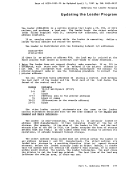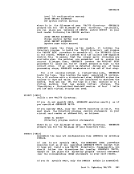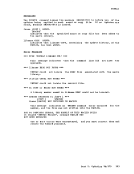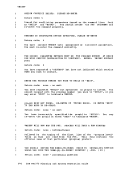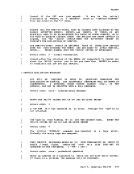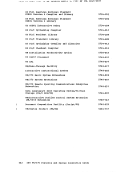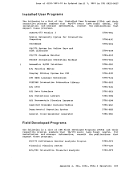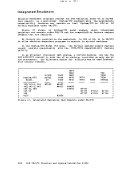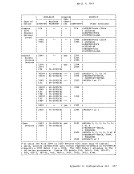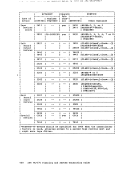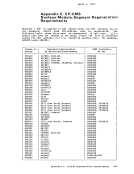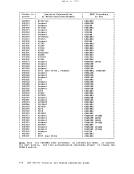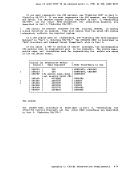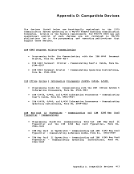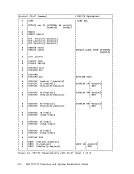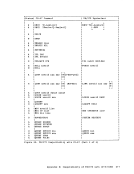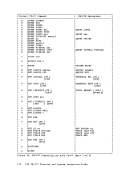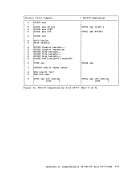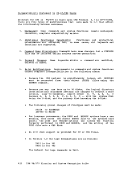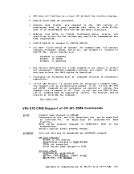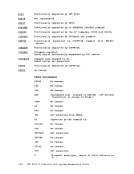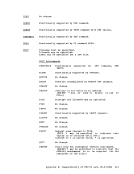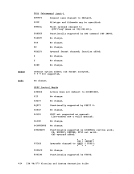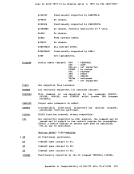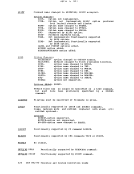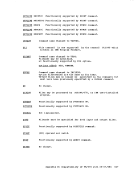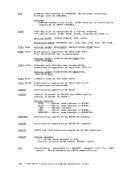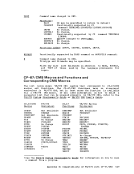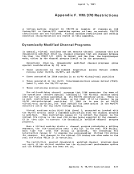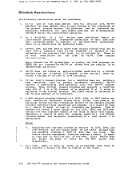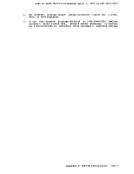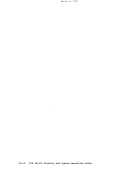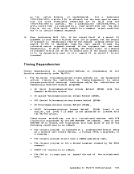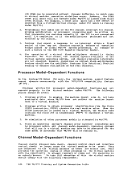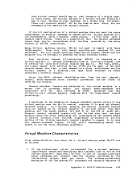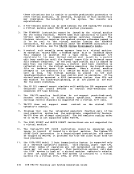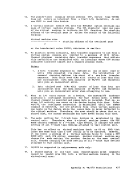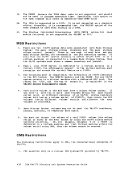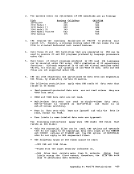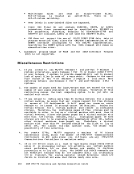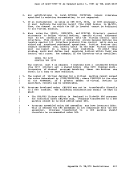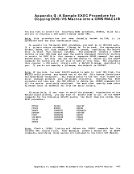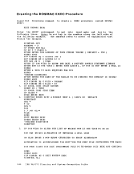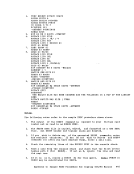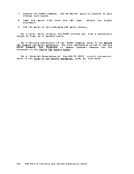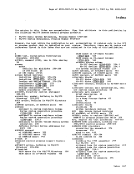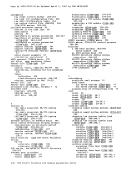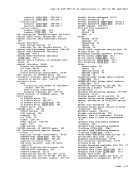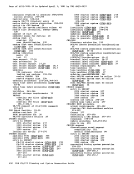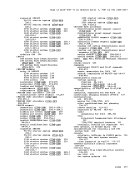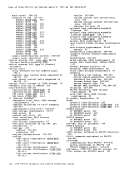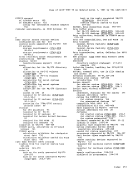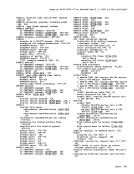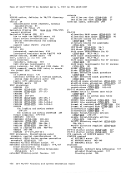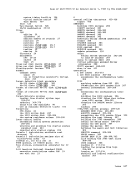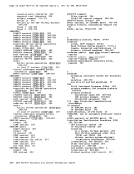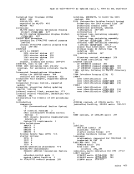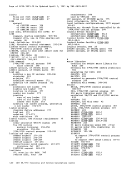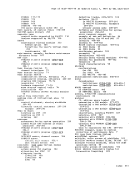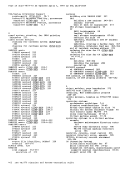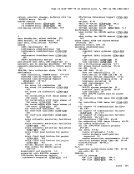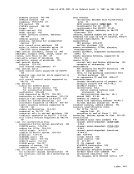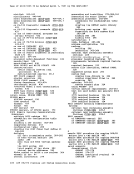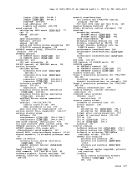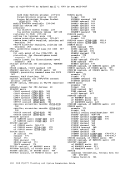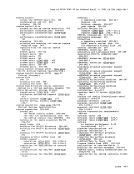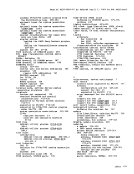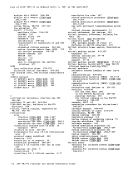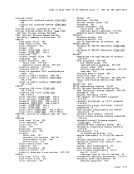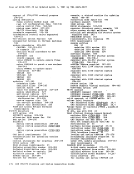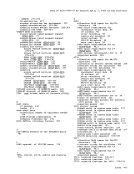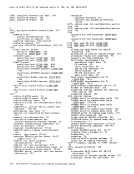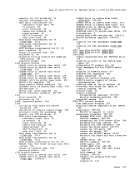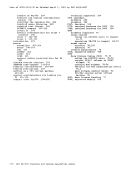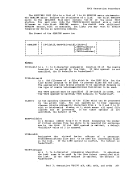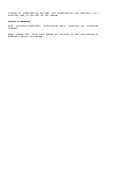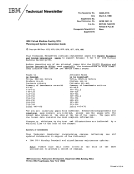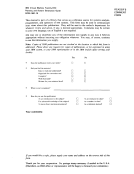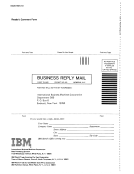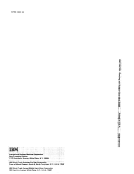General Information General Information CP and C"S have separate system residence disks which may be located on
the same or different physical disks. The following procedure tells you
how to generate theCP system residence disk or move the CMS system
residence disk. Before you attempt to generate aVK/370 system, make
sure that the realI/O configuration file (DKKRIO), CP system control
file(DKKSYS), the VK/370 Directory file (DKKDIR), and, optionally, the
forms control buffer load(DMKFCB) and the system name table file (DKKSNT) are punched. Information about preparing these files is in "Part 2: Defining Your VM/370 System." If CMS is to be sa ved as a named
system, be sure that theNAKESYS macro is coded correctly in the DKKSNT file.
TheVK/370 starter system is distributed on a 9-track tape (1600 or 6250 bpi), that can be restored to direct access volumes. You must
specify the device type (2314/2319,3330, 3340, or 3350) when you order VK/370. The 3340 starter system fits on a 35 megabyte disk, so it can hp of thp 33UO Qr 33UU- the starter svstem th; type (2314, 3330; 3340, or 3350) it was ordered for, you can use it to generate a VK/370 system for
residence on any other type of device as well as for the type of device
for which it was ordered.You should also specify the tape density
required(1600 or 6250 bpi).
The layout of the starter system's minidisk areas are constrainedby the number of cylinders that may be dumped onto one volume of 1600 bpi
tape. Therefore, it is strongly recommended thatKlINT's 190 (the CKS system disk) and 194 (the CP area) be reproduced on larger minidisks for
ease of maintenance. Also, "service stagingareas" for CP/RSCS and CKS/IPCS (294 and 193 respectively), must be created to receive the
auxiliary files and"update" files from the system PUT. This process is
detailed later in this publication under the heading"Updating Vft/370" and in the Kemo-to-Users that is contained on the system PUT. The VK/370 system tapes are as follows: • The V"/370 starter system contains the base level of both the CP and CKS systems, the text decks with which to build these systems, and
the maclib and support procedures.• The SOURCE tape contains all source files, and macros of VK/370. • The system Program Update Tape (PUT) contains all source updates,
text decks, modules, macros and macro libraries, and procedures
required to build the latest level ofCP, CKS, RSCS, and IPCS. • The SOURCE tape and the system PUT are created (and restored) with
theV"FPLC2 command.
Five optional sets of tapes can also be ordered:• The assembler tape containing source, macros, text, modules, and
procedures for the assembler• CP • CP (AP) assembly listings (two tapes) • CKS assembly listings (two tapes) • IPCS and RSCS assembly listings (one tape)
228IBK VK/370 Planning and System Generation Guide
the same or different physical disks. The following procedure tells you
how to generate the
residence disk. Before you attempt to generate a
sure that the real
file
forms control buffer load
system, be sure that the
The
specify the device type (2314/2319,
residence on any other type of device as well as for the type of device
for which it was ordered.
required
The layout of the starter system's minidisk areas are constrained
tape. Therefore, it is strongly recommended that
ease of maintenance. Also, "service staging
auxiliary files and
detailed later in this publication under the heading
the maclib and support procedures.
text decks, modules, macros and macro libraries, and procedures
required to build the latest level of
the
Five optional sets of tapes can also be ordered:
procedures for the assembler
228





















































































































































































































































































































































































































